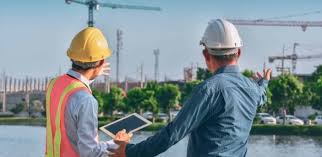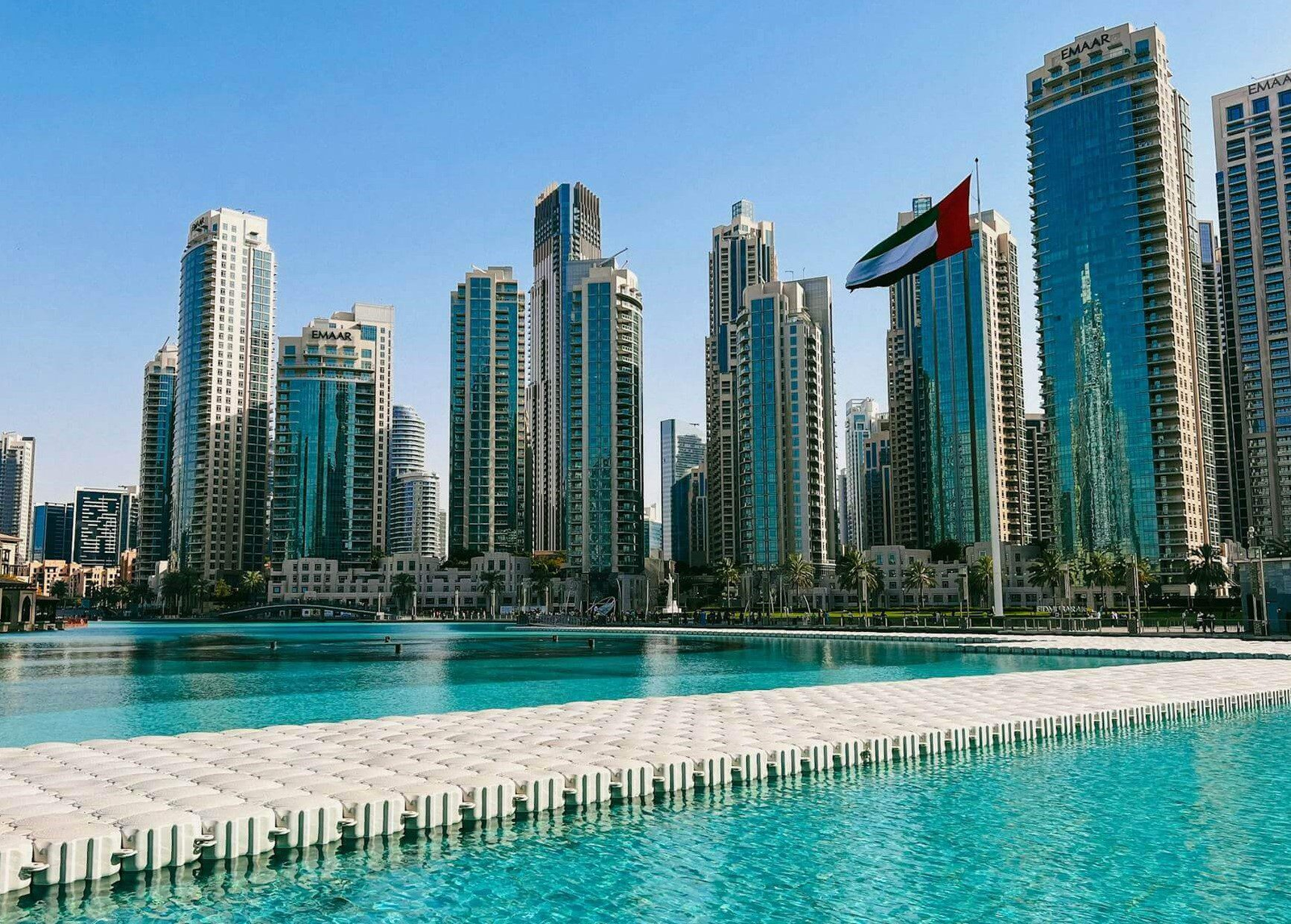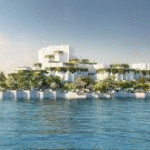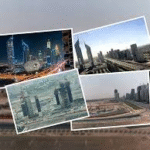Now Reading: Real Estate Development in 2025: India’s Bold Leap Toward Smarter Living
-
01
Real Estate Development in 2025: India’s Bold Leap Toward Smarter Living
Real Estate Development in 2025: India’s Bold Leap Toward Smarter Living

Table of Contents
India’s real estate development landscape is undergoing a bold transformation in 2025. With over 350,000+ monthly searches for “real estate development,” it’s clear that the country is entering a new era—one where speed, sustainability, and smarter design take center stage. What was once just brick and mortar is now a fusion of innovation, ambition, and purpose.
From skyline-defining high-rises to affordable housing clusters, developers across the country are not just building spaces—they’re building futures. Here’s how real estate development is rewriting the story of urban India and why it matters more now than ever.
The Surge in Demand
Real estate development in India is being powered by a surge in demand across both residential and commercial sectors. A growing population, expanding middle class, and urban migration have made it necessary to rethink how cities function—and how they grow.
Developers are responding by launching projects that are more inclusive, connected, and future-ready. Leading platforms now feature detailed backlinks to ongoing and upcoming development projects, making it easier for interested buyers and investors to track market movements and plan their investments.

Smart Cities, Smarter Designs
One of the most influential trends driving real estate development in 2025 is the rise of smart cities. These government-backed initiatives are not just urban upgrades—they are complete reimaginings of infrastructure and living standards.
Smart cities like Pune, Ahmedabad, and Kochi are witnessing massive real estate expansion. Developers are leveraging data-driven design, automated utilities, and digital integration to create neighborhoods that are efficient and easy to live in.
Listings today often include backlinks to local smart city dashboards, energy savings reports, and government development plans, giving buyers full visibility into how a location is evolving.
Affordable Housing: High Impact, High Demand
Affordable housing is no longer a buzzword—it’s a national priority. Government schemes, lower interest rates, and targeted subsidies have made owning a home more realistic for millions of Indians.
This is leading to the rapid growth of new townships and mid-segment developments outside of major metros. Builders are using modular construction and prefabricated materials to deliver homes faster and more cost-effectively.
Property sites frequently offer backlinks to housing schemes, EMI calculators, and subsidy applications, ensuring that even first-time buyers can enter the market with confidence and clarity.
Green Building Is the New Standard
Sustainability is no longer optional—it’s expected. Developers are integrating green building standards into almost every project, knowing that today’s buyers care deeply about energy efficiency, environmental responsibility, and wellness.
Green roofs, solar panels, rainwater harvesting, and zero-waste systems are becoming standard offerings in new developments. Builders are also earning green certifications that not only boost their brand value but also attract premium buyers.
Listings today feature backlinks to environmental compliance reports, building certification documents, and even virtual tours showcasing eco-friendly features.

Infrastructure is Fueling the Boom
2025 has brought massive investment in infrastructure—expressways, metro lines, airports, and logistics hubs—which in turn has accelerated real estate development. Projects located near these upgraded transport networks are witnessing exponential growth in both value and demand.
Cities like Hyderabad, Indore, and Jaipur are examples of how infrastructure-led planning can unlock new opportunities for developers and buyers alike.
Many real estate platforms include backlinks to government infrastructure announcements, traffic flow data, and proximity calculators, helping users evaluate property potential in seconds.
The Rise of Mixed-Use Developments
Gone are the days when housing, retail, and business were strictly separated. Today’s real estate development thrives on integration. Mixed-use projects—those that combine residential, commercial, and leisure spaces—are in high demand.
These developments offer unmatched convenience and drive higher ROI for investors. Residents can live, work, and socialize in the same environment, reducing commute times and enhancing quality of life.
Listings often highlight this lifestyle benefit with backlinks to master plans, business zone layouts, and community engagement features.
Technology and Transparency
Technology is playing a massive role in making real estate development more efficient and buyer-friendly. From AI-driven pricing tools to 3D-printed homes and drone surveys, tech is transforming how projects are planned, built, and sold.
Buyers are also benefiting from increased transparency. Online platforms offer detailed project timelines, builder histories, virtual site visits, and verified documentation—all accessible with a few clicks.
Each project listing now includes backlinks to developer profiles, legal clearance certificates, and customer reviews, building trust and reducing risk.
Investment Opportunities for All
2025 has opened the doors for a broader range of investors. With the introduction of fractional ownership, REITs (Real Estate Investment Trusts), and digital property platforms, even small-ticket investors can now participate in large-scale developments.
This democratization of investment is changing the game for NRIs, millennials, and women investors in particular, many of whom are making their first real estate moves this year.
Listings frequently feature backlinks to REIT platforms, investment webinars, and return-on-investment calculators, giving aspiring investors the tools to make smart, data-backed decisions.

Conclusion: Build Forward, Live Better
Real estate development in 2025 is more than just an industry—it’s a movement. It reflects India’s ambitions, challenges, and potential. Whether it’s the promise of smart cities, the affordability of mass housing, or the sustainability of green projects, today’s developments are shaping tomorrow’s India.
For buyers and investors, the message is clear: this is the time to act. Use the available digital tools, explore the backlinks to understand each project’s ecosystem, and align your decisions with your long-term goals.
Because in 2025, real estate isn’t just about where you live—it’s about how you live. And India is building the future, one smart development at a time.
Also Read – Real Estate Prices in 2025: Why India’s Property Boom Still Has Room to Grow






















